- Over 1 million successful rentals
Car Hire Romania
Save time and money. We compare the offers of car rental companies in Romania on your behalf.
- Free cancellation Up to 48 hours prior to the scheduled pick up time
- Best price guarantee Have you found a better price? Let us know and we will make you a better offer.
- 24000+ pick-up locations Locations around the world
Compare Car Hire
Carrentals.co.uk offers simple and straightforward car hire comparison services. We don't add a penny to your quotes!
Car rental offers in Romania
Whether you're looking for a small rental car or a station wagon for the entire family, we will always have a suitable vehicle for the lowest price. Below are some examples from our selection in Romania.
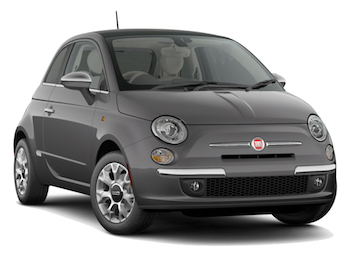
-
PriceCarz From£ 1 /day -
wheego From£ 3 /day -
Klass Wagen From£ 4 /day
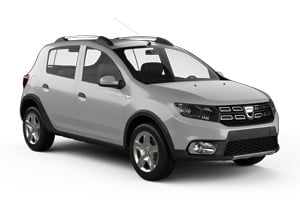
-
PriceCarz From£ 1 /day

-
wheego From£ 4 /day -
Klass Wagen From£ 7 /day
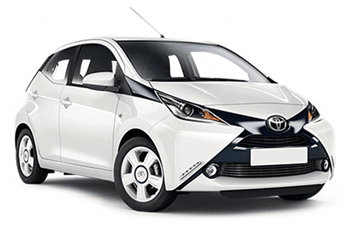
-
addCarRental From£ 3 /day -
Klass Wagen From£ 4 /day -
Payless Car Rental From£ 4 /day
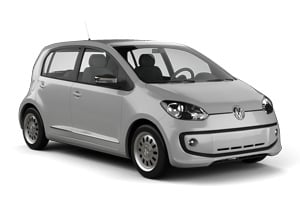
-
SurPrice car rentals From£ 3 /day -
Klass Wagen From£ 4 /day

-
Payless Car Rental From£ 4 /day -
addCarRental From£ 7 /day -
Klass Wagen From£ 10 /day
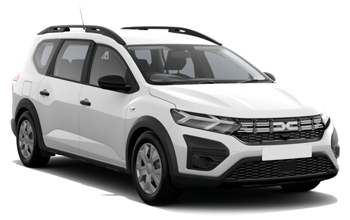
-
PriceCarz From£ 4 /day

-
Klass Wagen From£ 4 /day

-
Klass Wagen From£ 9 /day
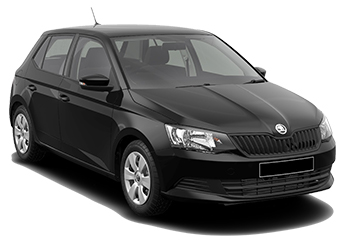
-
PriceCarz From£ 1 /day -
wheego From£ 3 /day -
Green Motion From£ 6 /day
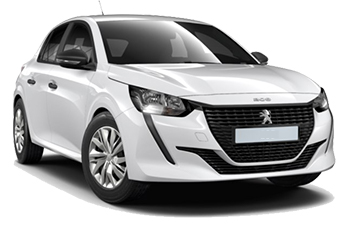
-
PriceCarz From£ 1 /day -
Enterprise From£ 17 /day -
ACE Rent A Car From£ 24 /day

-
wheego From£ 4 /day -
Budget From£ 27 /day -
Avis From£ 28 /day
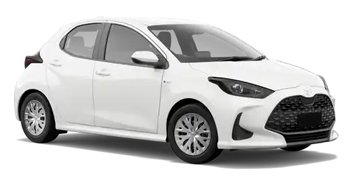
-
PriceCarz From£ 2 /day -
Klass Wagen From£ 4 /day -
Hertz From£ 19 /day
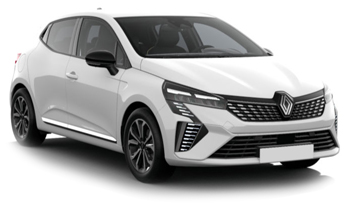
-
SurPrice car rentals From£ 3 /day -
Payless Car Rental From£ 3 /day -
wheego From£ 4 /day
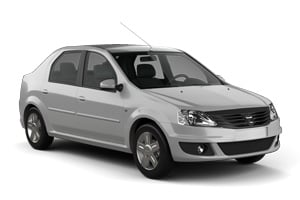
-
Payless Car Rental From£ 4 /day -
wheego From£ 10 /day -
Autounion Car Rental From£ 11 /day

-
Payless Car Rental From£ 3 /day -
wheego From£ 3 /day -
addCarRental From£ 4 /day
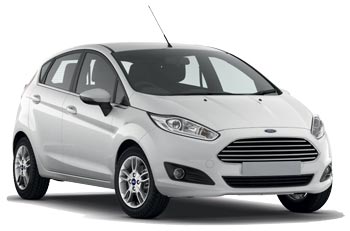
-
Payless Car Rental From£ 3 /day

-
Payless Car Rental From£ 4 /day -
wheego From£ 6 /day -
Alamo From£ 21 /day
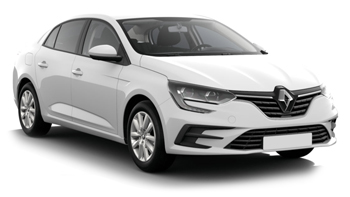
-
PriceCarz From£ 1 /day -
wheego From£ 5 /day -
Green Motion From£ 8 /day
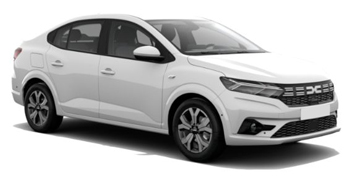
-
PriceCarz From£ 1 /day -
SurPrice car rentals From£ 98 /day

-
Payless Car Rental From£ 4 /day
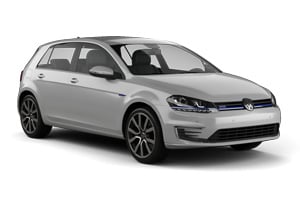
-
PriceCarz From£ 1 /day -
Klass Wagen From£ 6 /day -
Autonom From£ 14 /day
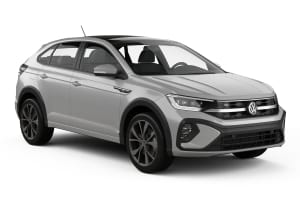
-
PriceCarz From£ 1 /day -
wheego From£ 5 /day -
Klass Wagen From£ 6 /day
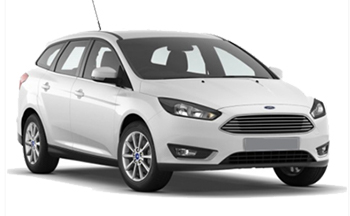
-
Payless Car Rental From£ 5 /day -
addCarRental From£ 9 /day -
wheego From£ 9 /day
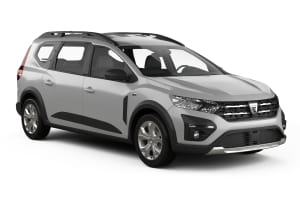
-
PriceCarz From£ 1 /day -
wheego From£ 6 /day -
Alamo From£ 19 /day

-
PriceCarz From£ 1 /day -
SurPrice car rentals From£ 5 /day -
wheego From£ 5 /day

-
wheego From£ 5 /day -
Alamo From£ 23 /day -
Europcar From£ 41 /day
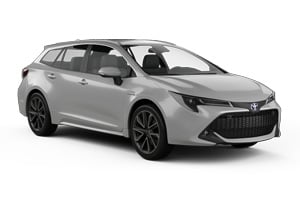
-
PriceCarz From£ 1 /day -
wheego From£ 8 /day -
Green Motion From£ 12 /day

-
PriceCarz From£ 1 /day -
Klass Wagen From£ 7 /day -
wheego From£ 9 /day
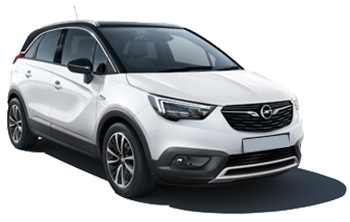
-
Payless Car Rental From£ 5 /day
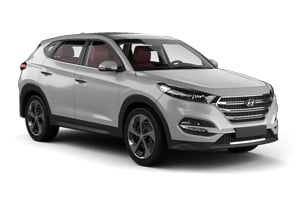
-
PriceCarz From£ 2 /day

-
Payless Car Rental From£ 5 /day
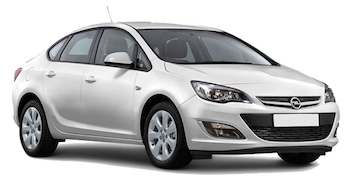
-
Payless Car Rental From£ 5 /day -
Autounion Car Rental From£ 18 /day

-
Payless Car Rental From£ 5 /day -
Autounion Car Rental From£ 18 /day

-
Payless Car Rental From£ 5 /day -
addCarRental From£ 7 /day -
Autounion Car Rental From£ 18 /day
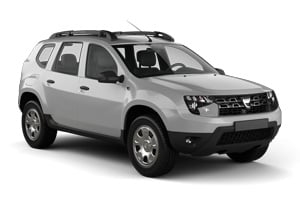
-
Payless Car Rental From£ 5 /day -
Klass Wagen From£ 7 /day -
Green Motion From£ 15 /day

-
addCarRental From£ 4 /day
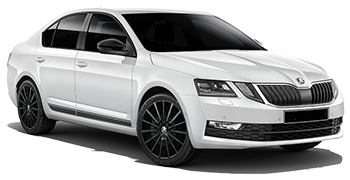
-
addCarRental From£ 4 /day -
SurPrice car rentals From£ 10 /day -
Autounion Car Rental From£ 23 /day

-
addCarRental From£ 7 /day -
Autounion Car Rental From£ 23 /day
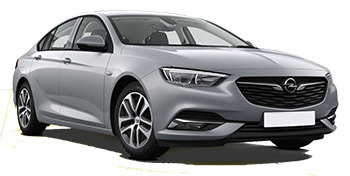
-
addCarRental From£ 5 /day -
Autonom From£ 36 /day -
Alamo From£ 71 /day
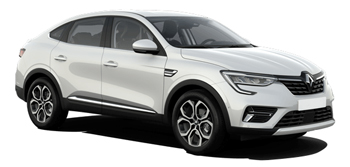
-
PriceCarz From£ 5 /day -
wheego From£ 18 /day

-
Payless Car Rental From£ 8 /day -
Autounion Car Rental From£ 23 /day -
Alamo From£ 28 /day
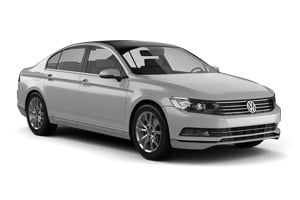
-
PriceCarz From£ 5 /day -
Klass Wagen From£ 15 /day -
Carwiz rent a car From£ 20 /day

-
PriceCarz From£ 6 /day -
Klass Wagen From£ 9 /day -
Enterprise From£ 60 /day

-
addCarRental From£ 9 /day -
Autonom From£ 37 /day -
Alamo From£ 79 /day
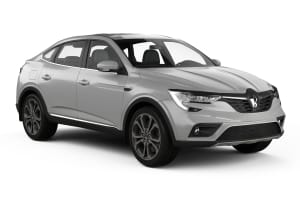
-
PriceCarz From£ 6 /day -
Green Motion From£ 31 /day
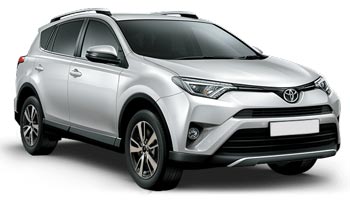
-
PriceCarz From£ 6 /day -
Alamo From£ 46 /day

-
Klass Wagen From£ 21 /day

-
Klass Wagen From£ 11 /day

-
SurPrice car rentals From£ 19 /day
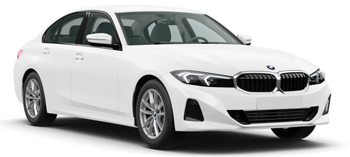
-
Payless Car Rental From£ 27 /day -
Autounion Car Rental From£ 127 /day
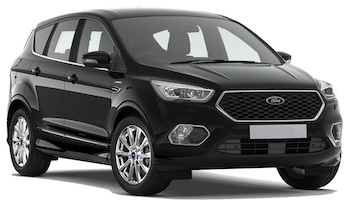
-
wheego From£ 20 /day -
Green Motion From£ 24 /day -
Alamo From£ 66 /day
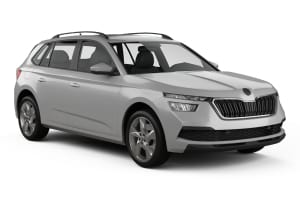
-
Budget From£ 32 /day

-
addCarRental From£ 24 /day -
Payless Car Rental From£ 24 /day -
Autounion Car Rental From£ 119 /day
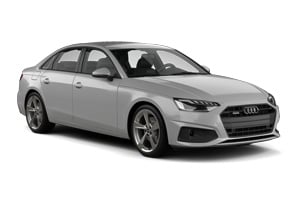
-
PriceCarz From£ 8 /day -
wheego From£ 10 /day -
Autounion Car Rental From£ 183 /day
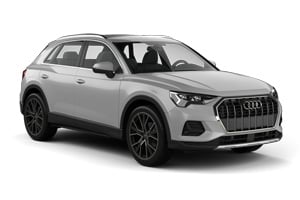
-
PriceCarz From£ 8 /day -
wheego From£ 9 /day -
Autounion Car Rental From£ 146 /day

-
wheego From£ 10 /day -
Autounion Car Rental From£ 151 /day
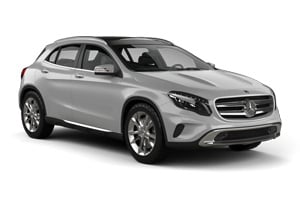
-
PriceCarz From£ 9 /day -
Klass Wagen From£ 23 /day -
Green Motion From£ 38 /day
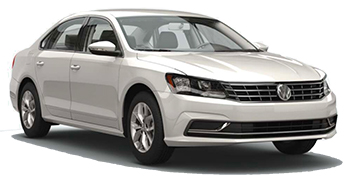
-
Klass Wagen From£ 26 /day
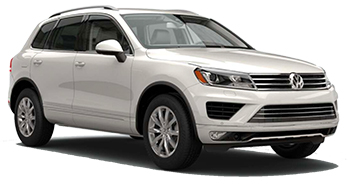
-
PriceCarz From£ 12 /day

-
PriceCarz From£ 13 /day -
Budget From£ 112 /day -
Autounion Car Rental From£ 158 /day

-
addCarRental From£ 39 /day -
Autounion Car Rental From£ 154 /day

-
Klass Wagen From£ 16 /day

-
PriceCarz From£ 1 /day -
wheego From£ 6 /day -
Alamo From£ 19 /day
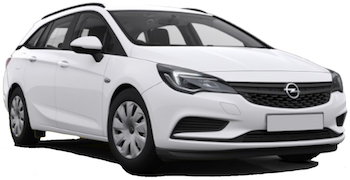
-
Payless Car Rental From£ 4 /day -
addCarRental From£ 4 /day -
Autounion Car Rental From£ 14 /day

-
wheego From£ 5 /day -
Alamo From£ 23 /day -
Enterprise From£ 27 /day
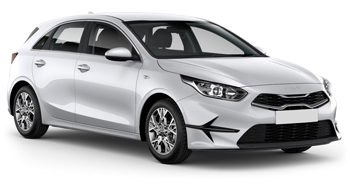
-
addCarRental From£ 4 /day -
Sixt From£ 24 /day

-
SurPrice car rentals From£ 5 /day -
wheego From£ 5 /day -
Klass Wagen From£ 6 /day

-
Payless Car Rental From£ 6 /day -
addCarRental From£ 10 /day -
Autounion Car Rental From£ 14 /day
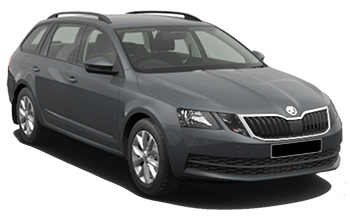
-
Payless Car Rental From£ 5 /day -
Carwiz rent a car From£ 12 /day

-
wheego From£ 9 /day -
Autounion Car Rental From£ 14 /day -
Klass Wagen From£ 18 /day
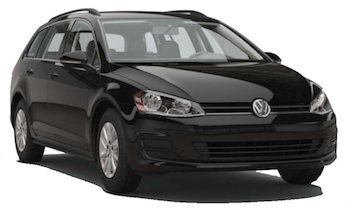
-
Klass Wagen From£ 6 /day
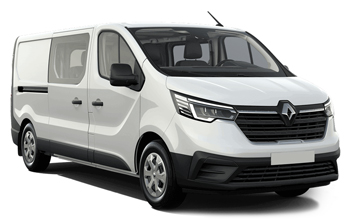
-
wheego From£ 19 /day -
Klass Wagen From£ 31 /day -
PriceCarz From£ 32 /day

-
wheego From£ 23 /day -
Klass Wagen From£ 63 /day -
Enterprise From£ 94 /day
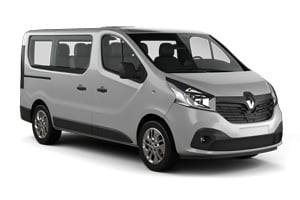
-
PriceCarz From£ 24 /day -
Klass Wagen From£ 37 /day -
Green Motion From£ 45 /day
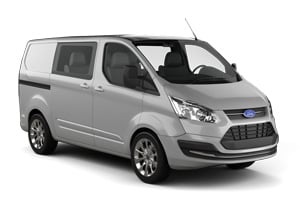
-
Klass Wagen From£ 29 /day -
Hertz From£ 98 /day
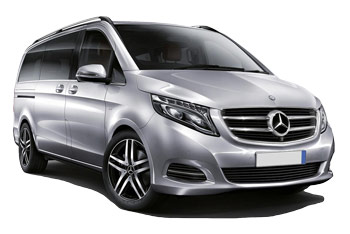
-
Payless Car Rental From£ 38 /day -
addCarRental From£ 111 /day -
Autounion Car Rental From£ 121 /day

-
Payless Car Rental From£ 35 /day -
Green Motion From£ 91 /day -
addCarRental From£ 107 /day
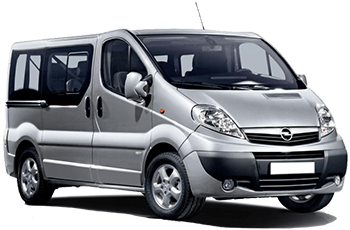
-
Autounion Car Rental From£ 44 /day -
Alamo From£ 95 /day -
Enterprise From£ 99 /day
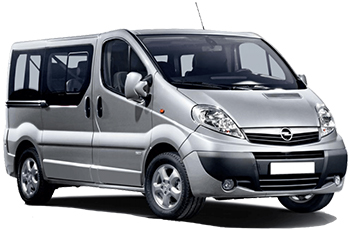
-
Autounion Car Rental From£ 39 /day -
Alamo From£ 91 /day -
Enterprise From£ 91 /day

-
Autounion Car Rental From£ 47 /day -
Klass Wagen From£ 70 /day -
Europcar From£ 74 /day

-
PriceCarz From£ 1 /day -
Klass Wagen From£ 4 /day -
SurPrice car rentals From£ 5 /day
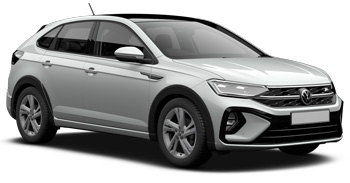
-
PriceCarz From£ 1 /day -
Klass Wagen From£ 12 /day -
Green Motion From£ 13 /day

-
Payless Car Rental From£ 5 /day

-
PriceCarz From£ 1 /day -
wheego From£ 5 /day -
Budget From£ 26 /day

-
PriceCarz From£ 2 /day -
Autounion Car Rental From£ 165 /day
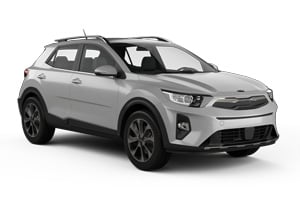
-
addCarRental From£ 8 /day
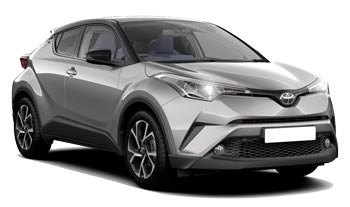
-
PriceCarz From£ 4 /day -
Klass Wagen From£ 8 /day -
Enterprise From£ 27 /day

-
addCarRental From£ 4 /day -
Payless Car Rental From£ 5 /day -
Klass Wagen From£ 7 /day

-
Payless Car Rental From£ 8 /day -
addCarRental From£ 8 /day -
Klass Wagen From£ 16 /day
Popular cities in Romania
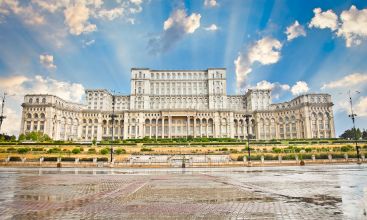
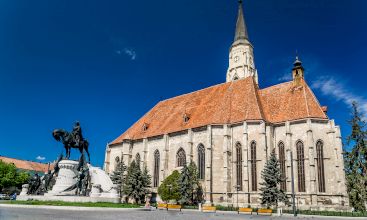
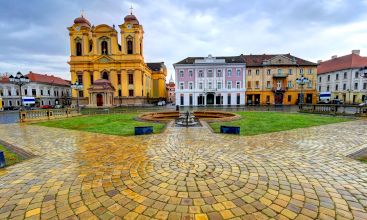

When to book a rental car in Romania
Romania - When is the most affordable time to rent a mini class car?
At this destination (Romania), March is the most affordable time to rent a mini class car with an average daily rate of
Romania - When is the most affordable time to rent a economy class car?
At this destination (Romania), February is the most affordable time to rent a economy class car with an average daily rate of
Romania - When is the most affordable time to rent a compact class car?
At this destination (Romania), February is the most affordable time to rent a compact class car with an average daily rate of
Romania - When is the most affordable time to rent an intermediate class car?
At this destination (Romania), November is the most affordable time to rent a intermediate class car with an average daily rate of
Romania - When is the most affordable time to rent a standard class car?
At this destination (Romania), November is the most affordable time to rent a standard class car with an average daily rate of
Romania - When is the most affordable time to rent a full-size car?
At this destination (Romania), November is the most affordable time to rent a full-size class car with an average daily rate of
Romania - When is the most affordable time to rent a luxury car?
At this destination (Romania), September is the most affordable time to rent a luxury class car with an average daily rate of
Romania - When is the most affordable time to rent a station wagon?
At this destination (Romania), January is the most affordable time to rent a station wagon with an average daily rate of
Romania - When is the most affordable time to rent a SUV?
At this destination (Romania), November is the most affordable time to rent an SUV with an average daily rate of
Romania - When is the most affordable time to rent a MPV?
At this destination (Romania), February is the most affordable time to rent an mpv with an average daily rate of
Romania - When is the most affordable time to rent a minivan?
At this destination (Romania), November is the most affordable time to rent a minibus with an average daily rate of
Romania - When is the most affordable time to rent a sports car?
At this destination (Romania), April is the most affordable time to rent a sports car with an average daily rate of
Romania - When is the most affordable time to rent a sedan?
At this destination (Romania), January is the most affordable time to rent a sedan with an average daily rate of

Romania Guide
Romania is best explored by rental car. Carrentals.co.uk has over 37 pick-up locations in Romania. This means there is always a pick-up location close to your destination.
Most popular car hire locations in Romania
Driving
While Romania is perhaps best known for the fictional character who calls the country home, Count Dracula, visitors will find here medieval castles and monasteries, quaint seaside villages, untouched woodlands with rich wildlife and the second highest mountain range in Europe, the Carpathians. One of the most stunning drives in Europe is here, specifically along the Transfagarasan Highway. Roads pass through Cartisoara meadows, the Fagaras Mountains and Poenari Castle.
Driving Tips for Romania
Bucharest, the capital, is a busy city. The narrow, twisting roads with pedestrians and potholes can be daunting for foreign drivers. Road conditions outside the capital vary greatly; national roads are moderately good while country roads are often poor.
Driving licences: European driving licences, including UK licences, are accepted but an International Driving Permit must accompany licences which don’t contain a photograph.
Which side does Romania drive on: the right.
Speed limits:
Motorways: 62mph (100kph) to 80mph (130kph)
Rural areas: 31mph (50kph) to 55mph (90kph)
Built-up areas: 31mph (50kph)
Alcohol limits: the alcohol limit is nil compared with the UK limit of 0.08 per cent. Local police carry out random tests.
Driving age: 18 years.
Seatbelts: must be worn by all passengers, if fitted. Children under 12 year must travel in the rear.
Mobile phones and GPS: the use of mobile phones while driving is illegal unless the driver uses hands-free equipment. GPS is useful due to the poor road network.
Cost of fuel in Romania: unleaded petrol and diesel are slightly cheaper here than in the UK.
Car hire and fuel payment: all major car hire firms accept cards and often insist on you having a credit card to swipe as a deposit. For fuel though, cash is king. However, an increasing number of petrol stations do now accept MasterCard and Visa credit cards.
Insurance: car rentals include third-party insurance with their rates. Other types of coverage (collision damage waiver, theft protection, personal accident) are optional.
Traffic and parking: drivers are required to park on the right side of the road, in the direction of traffic.
Transport
Trains
Trains cover an extensive area in Romania and virtually every city and town is connected to the railway network, including very small towns. The modern Intercity trains are comfortable, fast and reliable. However, the Regio and InterRegio trains servicing towns and rural areas are poor and outdated. Most trains are run by the state railway company CÄile Ferate Române (CFR).
Taxis
Meter taxis are widely available in Romania. However, in Bucharest, hailing a cab during rush hour is almost impossible. Taxis are inexpensive and some cab drivers will try to negotiate prices. Typical cost per kilometre is cheap at around 30p and travellers are advised to insist on using the meter as the negotiated price will almost always be higher than the meter rate.
Buses
Buses in Romania are cheap, but they can be unreliable and uncomfortable. Schedules are rarely followed, with some delays running more than an hour. However, the towns that are not covered by the railway lines are best serviced by the bus and minibus network.
Ferries
There are cruises along the Danube River and this is a scenic way to explore Romania's southern regions.
Airports
There are 12 international airports in Romania, but the principal ones are Bucharest airports - Henry Coanda (Otopeni) Airport and Aurel Vlaicu (Baneasa) Airport. The former hosts flights to most major centres in Europe plus a few flights to the Middle East. The second-largest international airport, Traian Vuia International Airport, is located at Timisoara and has flights from the UK. Cluj-Napoca International Airport is the largest in Transylvania and offers flights to and from many European cities.
Explore
Exploring Romania
Romania boasts beautiful cities that are medieval and modern, as well as scenic port towns. The capital city of Bucharest should not be missed and a must see is the Parliament Palace, the World’s largest Parliament building.
In Sibiu, visitors will discover why the city is considered one of the countries cultural and tourism centres. Aside from the old town, the beautifully preserved medieval fort, the Citadel of Sibiu, is a must-see.
Black Sea resorts are popular holiday destinations and the port city of Constanţa becomes a lively tourist city in the summer.
Visitors to Southern Bucovina will see the Painted Churches of northern Moldavia. These 15th and 16th century monasteries have been listed as World Heritage sites since 1993.
The rich and beautiful landscapes of the Carpathian Mountains and environs are good places to explore the nation's stunning wilderness.
Weather
Romania's climate varies from temperate to continental. Summers (June to August) are warm as temperatures reach 28°C in the north, while 35°C is not uncommon in the south. However, the cities close to the coast are perfect at this time of the year. Winters are quite cold, with average temperatures around freezing (0ËC) everywhere. Otherwise, April to July and August to October, when weather is not extreme, are the best times to visit.
Practical information
-
CurrencyRomanian leu
-
Driving directionRight
-
City speed limit50 km/h
-
Freeway speed limit90 km/h
-
LanguageRomanian
-
Popular car categoryEconomy
What most people want to know
The following questions and answers are a selection of the most popular questions. If you do not find the answer to your question, have a look at the Frequently Asked Questions page or contact us.
- Sixt
- Alamo
- Enterprise
- Europcar
- Autounion Car Rental
- Avis
- Thrifty
- Budget
- Hertz
- addCarRental
- Payless Car Rental
- Flexicar
- FireFly Car Rental
- Green Motion
- Carwiz rent a car
- wheego
- Goldcar
- OK Mobility
- Klass Wagen
- Abbycar
- InterRent
- SurPrice car rentals
- PriceCarz
- Autonom
- Right Cars
- OtoQ
- Mex Rent a Car
- Dollar Rent a Car
- Global Rent a Car
- Nextcar
- Exer Rent A Car
- Goldcar Key'n Go
- Routes
- ACE Rent A Car
- National Car Rental
- NÜ Car Rentals
- Drive On Holidays
- Premium Rent a Car
- Keddy By Europcar
- United rent a car